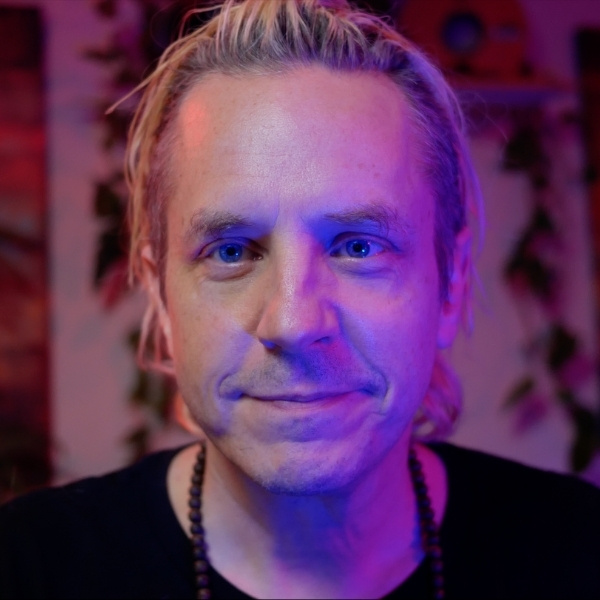How To Get Started in Music Production, Recording & Mixing

So, you want to make music — not just hum ideas into your phone or drop bars over YouTube beats — but actually record, produce, and mix your own tracks. Maybe you’re a singer-songwriter, a beatmaker, or just someone with a fire in your chest and no idea where to start.
Good news: You don’t need a fancy studio, expensive gear, or years of training to begin. You just need the right mindset, a few tools, and a simple roadmap.
In this article, we’ll break down exactly how to get started in music production, recording, and mixing — all from your home studio.
The Ultimate Beginner’s Guide to Producing Professional Music at Home
Step 1: Understand What Music Production Really Is
Music production is everything from idea to upload.
That includes:
-
Writing and arranging the song
-
Choosing sounds and instruments
-
Recording vocals and instruments
-
Mixing all the parts into a final version
-
(Optional) Mastering and releasing
Think of the producer as the director of a movie. You’re guiding the vision, the vibe, and the execution.
Whether you’re making beats, recording acoustic guitar, or layering synth textures — you’re producing.
Step 2: Set Up a Simple Home Studio
You don’t need thousands of dollars in gear to get pro results. Here’s a solid beginner setup:
✅ Computer – Anything modern will work, but aim for decent RAM (8–16GB) and storage
✅ DAW (Digital Audio Workstation) – Try Ableton Live, Logic Pro, FL Studio, Pro Tools, or Reaper
✅ Audio Interface – Something like Focusrite Scarlett, UA Volt, or Audient Evo
✅ Microphone – A basic condenser mic (like the Audio-Technica AT2020) works for vocals and instruments
✅ Headphones or Monitors – Start with closed-back headphones for tracking and mixing
Set it all up on a sturdy desk in a quiet space. Bonus points for acoustic treatment, but don’t stress — great music has been made in closets and dorm rooms.
 ⭐️ Start by downloading all of my FREE Music Production Guides ⭐️ It took me years to learn this stuff!
⭐️ Start by downloading all of my FREE Music Production Guides ⭐️ It took me years to learn this stuff!
Step 3: Learn Your DAW (Don’t Just Watch—Do)
Pick one DAW and commit to learning it.
Don’t bounce between software hoping one will be "easier." They all do the same thing with slightly different workflows. Whether it’s Logic, Live, or FL — they all let you:
-
Record audio
-
Program MIDI
-
Edit and arrange
-
Add effects
-
Mix and export
Start with a simple project:
-
Load a drum loop
-
Record a vocal or instrument
-
Add EQ, compression, and reverb
-
Export your first mix
The fastest way to learn is by making real tracks — not just watching tutorials.
Ableton Live vs. Logic Pro: What’s the Difference?
Step 4: Record Something. Anything.
Recording is how your ideas become tangible.
Even if it’s just:
-
A vocal over a loop
-
A beat with claps and 808s
-
A voice memo of a guitar idea dragged into your DAW
Start capturing. Use what you have. Don’t wait for the perfect mic or vocal booth.
Get your levels right (aim for peaks around -6dB), use a pop filter, and track in the quietest space you can.
Recording isn’t about perfection — it’s about energy and emotion.
Levels in Music Production: A Complete Guide
Step 5: Mix Your Music So It Sounds Like a Song
Once everything’s recorded, it’s time to mix.
Here’s a simple starter process:
-
Organize Your Tracks – Name and color-code everything
-
Balance the Faders – Get a static mix before adding effects
-
Pan for Space – Spread elements across the stereo field
-
EQ for Clarity – Remove mud, enhance presence
-
Compress for Control – Smooth out dynamics
-
Add Reverb/Delay – Create depth and vibe
-
Reference and Test – Listen on headphones, speakers, car, phone
Mixing isn’t about showing off plugins — it’s about helping the emotion of the song come through.
 ⭐️ Take my Free EXPERIENCE: Ableton Live Mini-Course ⭐️
⭐️ Take my Free EXPERIENCE: Ableton Live Mini-Course ⭐️
Step 6: Keep It Simple, Stay Consistent
The biggest myth? You need to know everything to get started.
You don’t.
You just need:
-
One song idea
-
One basic setup
-
One DAW
-
And a willingness to try, fail, and learn
Focus on completing projects, not chasing perfection. With every track you make, you get better.
Final Thoughts: You’re Already a Music Producer
If you’re writing ideas, recording parts, mixing sounds, or guiding a creative vision — you’re already a music producer.
You don’t need permission.
You don’t need a degree.
You just need to keep making music.
One beat, one song, one mix at a time.
🎛️ Want help getting started faster?
Grab my FREE 90-Minute Ableton Live Crash Course or my Home Studio Setup Guide to skip the guesswork and get creating today.
⭐️ Download my Free Magic Compressor Settings Guide ⭐️
⭐️ Download my Free 10 Characteristic of a Sound Wave Guide ⭐️
#protools #daw #homestudio #recordingschool #recording #musicproduction
Also read:
9 Must-Know Beatmaking Techniques for Beginner Music Producers in 2025
9 Must-Know Vocal Production Techniques for Beginner Music Producers in 2025
9 Must-Know Music Production Techniques for Beginners and Home Studios in 2025

Hey, I'm Futch - Music Production Coach and Ableton Certified Trainer
Learn how to make your first song and beat in Ableton Live with my
FREE 90-minute Ableton Live course
I've been teaching audio engineering and music production for 35 years.⭐️
Check out my new online music production program: Music Production Ninja...







